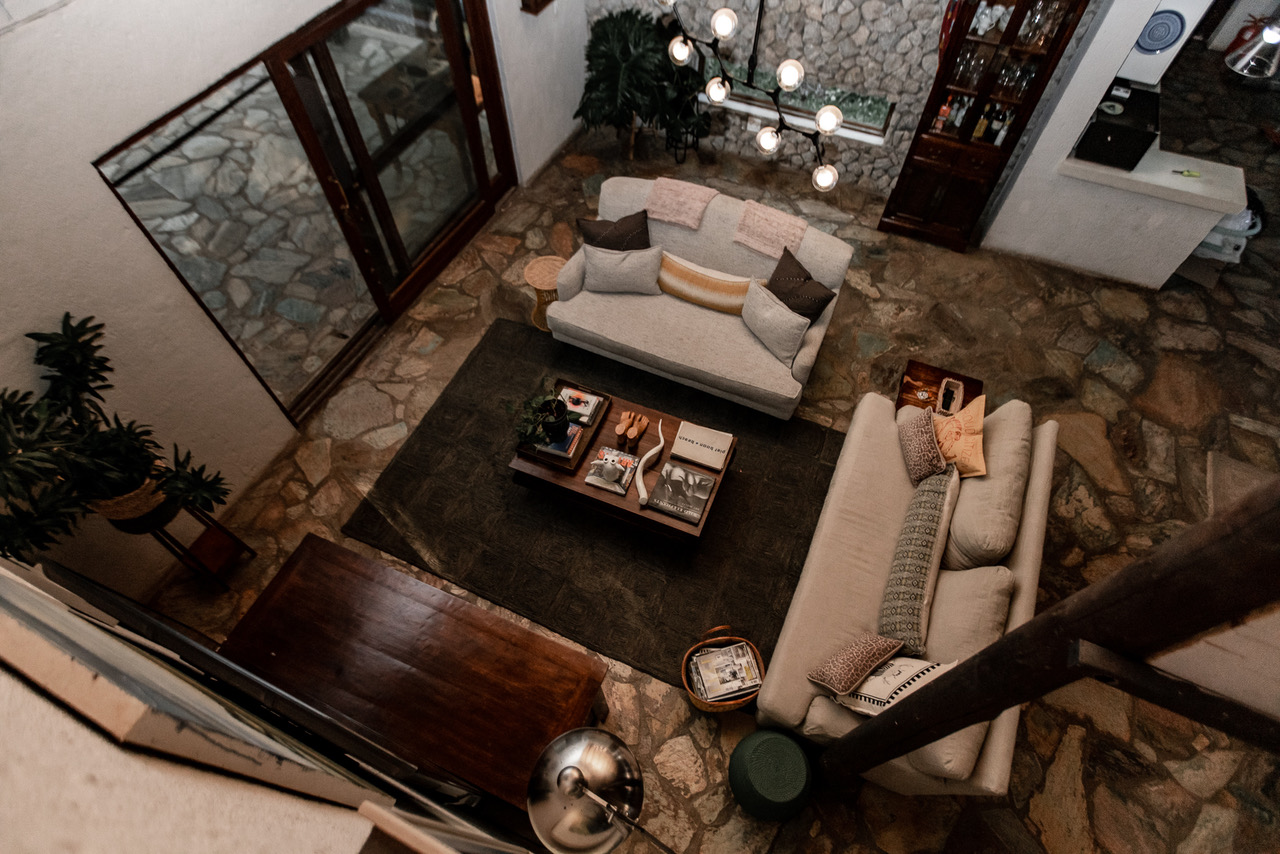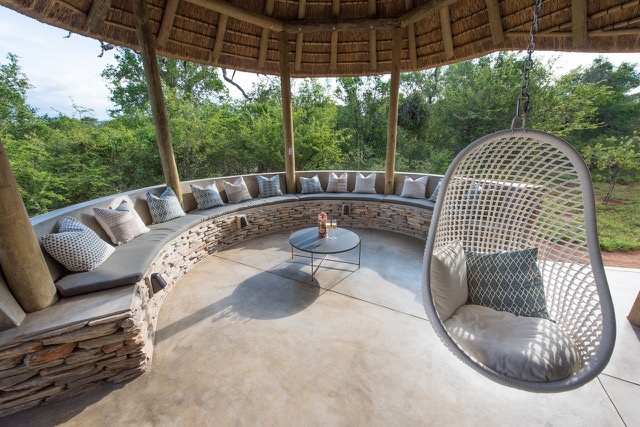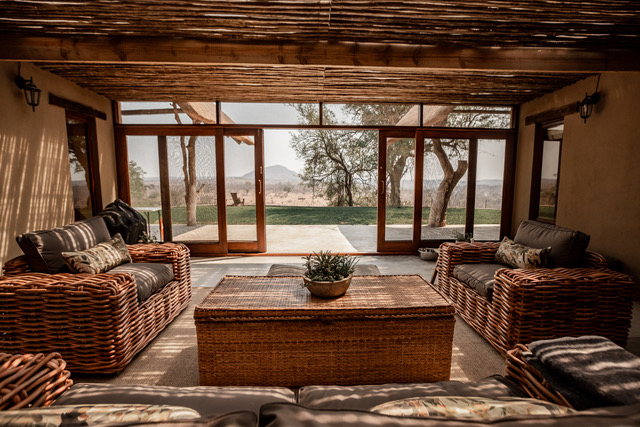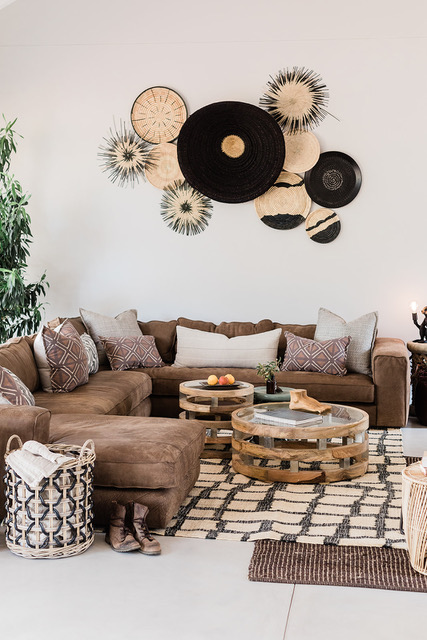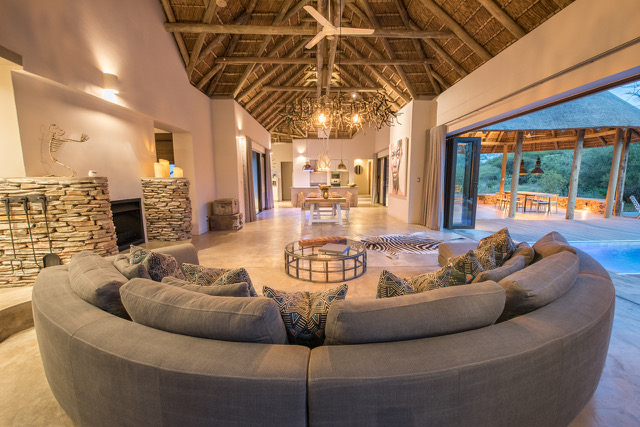Kuku Interiors' Fabric and Upholstery
One notable aspect of Kuku Interiors' fabric and upholstery offerings is the attention given to material selection. Each fabric is carefully chosen based on its quality, durability, and visual appeal. Kuku Interiors sources fabrics from renowned suppliers who share their commitment to excellence in design and craftsmanship.
In addition to the materials used, Kuku Interiors also places great emphasis on staying up-to-date with the latest trends in interior design. Their team of experienced designers constantly researches emerging styles, colour palettes, and textures to ensure that their fabric and upholstery options reflect the current demands of the luxury market.
Furthermore, Kuku Interiors understands that customisation plays a crucial role in luxury interior design projects. To cater to individual preferences, they offer a variety of customisation options such as different patterns, colours, and textures. This allows clients to create unique spaces that align with their personal style while still maintaining a level of sophistication.
Overall, Kuku Interiors' fabric and upholstery offerings demonstrate their commitment to providing innovative solutions for luxury interior design projects. With their meticulous attention to detail in material selection, dedication to keeping up with industry trends, and focus on customization options, they have positioned themselves as a trusted source for high-quality fabrics within the luxury market segment.
Upholstery Fabric Supplies
One of the essential supplies needed for upholstering furniture includes a variety of tools such as staple guns, staple removers, screwdrivers, fabric scissors, needle nose pliers, and measuring tape. These tools are indispensable in achieving high-quality upholstery work and ensuring a professional finish. As insight into the upholstery industry a short breakdown of the essential tools can be found as follows:
The staple gun is a crucial tool that allows for secure attachment of fabric to the furniture frame. It is important to select the appropriate staples for this task to ensure they penetrate the frame effectively without causing damage. Staple removers are also necessary for correcting any mistakes or making adjustments during the upholstery process.
Screwdrivers play a vital role in removing and replacing screws when disassembling and reassembling furniture pieces. They come in different types such as flathead and Phillips screwdrivers, with some chairs requiring an Allen wrench for specific types of screws.
Fabric scissors are specifically designed to cut through upholstery fabric cleanly and precisely. They enable upholsterers to create straight lines and smooth edges while minimising fraying.
Needle nose pliers are useful for handling small parts or components during upholstery work. Their long, narrow jaws provide a firm grip on items like tacks or staples, allowing for precise placement.
Measuring tape ensures accurate measurements throughout the upholstery process. This tool aids in determining the amount of fabric required and assists in achieving precise cuts and fits.
Outdoor Upholstery Fabric
Outdoor fabrics are the most durable of the fabrics available in furniture upholstery. Regardless of cut, texture, colour, quality or appeal the longevity of your furniture in an outdoor environment is paramount to the design.
The factors that contribute to the durability of outdoor upholstery fabric include fibre content, yarn thickness, weave, washability, colour fastness, UV resistance, and mould and mildew resistance. Different types of fibres have varying qualities and strengths. Man-made fibres such as coated polyester, acrylic, and olefin are commonly used in outdoor fabrics due to their resistance to moisture. Yarn thickness plays a crucial role in determining fabric delicacy or sturdiness. Thinner yarns create a more delicate fabric while thicker yarns result in a stronger one.
The weave is another important factor affecting fabric durability. A twill weave is generally stronger than a plain weave due to the different directions in which the yarns are woven. Additionally, dense weaves with a higher thread count tend to be more robust. Regularity of the weave is also essential for eliminating weak spots.
Washability is vital for maintaining the longevity of outdoor fabrics. It should be easy to clean with simple soap and water or diluted bleach solution. Colour fastness ensures that the fabric remains vibrant even after extensive use and cleaning processes by either using solution-dyed yarn or coloured vinyl coating.
UV resistance is crucial for preventing sun fading on outdoor furniture fabrics. Untreated fabrics can break down over time when exposed to excessive UV radiation, leading to loss of durability. Furthermore, mould and mildew resistance treatment protects against microbial growth that could deteriorate untreated outdoor fabrics.
In summary:
- Fibre content: man-made fibres like coated polyester provide better wear-resistance.
- Weave: twill weaves with higher thread counts offer greater strength.
- Washability: easy cleaning methods ensure long-lasting durability.
These factors collectively contribute to creating durable outdoor upholstery fabrics that can withstand various weather conditions while maintaining their appearance and functionality over time.
Waterproof Upholstery Fabric and How It Works
Waterproof upholstery fabric functions by either being inherently resistant to water penetration or through the application of a waterproofing material, such as wax, rubber, PVC, PU, silicone elastomer, or fluoropolymers. These materials are used to create a barrier that prevents water from seeping into the fabric and causing damage.
Inherently waterproof fabrics are manufactured with fibres that have natural resistance to water penetration. These fibres may have a tight weave or be treated with chemicals during the manufacturing process to enhance their water-resistant properties. On the other hand, fabrics can also be made waterproof by applying a coating or laminate that contains one of the aforementioned waterproofing materials. This additional layer forms a physical barrier on the fabric's surface and prevents water molecules from passing through.
The choice of which waterproofing material to use depends on various factors such as cost, durability, and specific performance requirements. For example, wax coatings offer good water repellency but may require reapplication over time due to wear and tear. Rubber coatings provide excellent water resistance but can be heavy and less flexible compared to other options like PVC or PU coatings. Silicone elastomers offer high-performance waterproofing while maintaining breathability.
Fluoropolymers are widely used in outdoor gear due to their exceptional water repellency and durability. They form a protective layer on the fabric's surface that repels both liquid water and oil-based stains.
Overall, waterproof upholstery fabrics ensure protection against moisture-related damage by preventing liquid penetration and maintaining the integrity of furniture pieces in various environments. The innovation lies in selecting the appropriate combination of materials and treatments that achieve optimal performance while meeting aesthetic requirements for luxury upholstery applications.
Simple and Elegant Furniture Upholstery Fabric
Manufacturers of furniture often prioritise simplicity and elegance in the selection of upholstery fabric for their products. This approach aims to create a sophisticated and timeless appeal that can seamlessly integrate with various interior design styles. In the pursuit of simplicity and elegance, manufacturers consider several factors when choosing upholstery fabrics:
- Texture: The texture of the fabric plays a crucial role in evoking emotions in the audience. A soft and luxurious texture can provide a sense of comfort and relaxation, while a sleek and smooth texture can exude an air of sophistication.
- Color palette: The choice of colours is essential to achieve simplicity and elegance. Neutral tones such as beige, grey, or cream are commonly favoured as they create a calming effect and allow other elements in the room to stand out.
- Pattern: Manufacturers carefully select patterns that enhance the overall aesthetic without overwhelming the design. Subtle patterns like stripes or geometric shapes are often preferred to add interest while maintaining a refined look.
Canvas Upholstery Fabric
Canvas upholstery fabric is a popular choice for its durability and versatility in various practical applications. Canvas, typically made out of cotton and sometimes blended with synthetic fibres to enhance its water resistance, is known for its strength and heavy-duty nature. The plain-weave technique used in the production of canvas involves tightly weaving thick yarns together, resulting in a sturdy fabric that sets it apart from other cotton fabrics.
One key feature of canvas upholstery fabric is its ability to withstand wear and tear, making it ideal for furniture upholstery. Its durable nature ensures that it can handle daily use without showing signs of damage or deterioration. Additionally, canvas can be treated to become water resistant or even waterproof, making it suitable for outdoor furniture that may be exposed to the elements.
The versatility of canvas upholstery fabric extends beyond furniture. It is also commonly used in the automotive industry for car interiors due to its strength and ability to withstand constant use. Furthermore, canvas can be easily dyed or printed on, allowing for endless possibilities when it comes to design choices.
Kuku Interiors' Safari Home Upholstery Fabric
The classic safari look of Kuku Interiors' home upholstery project incorporates a range of durable and versatile materials suitable for both indoor and outdoor use. The custom headboard, made from hand-painted fabric, adds a unique touch to the space. The Chesterfield leather couch and Smith chairs, covered and piped in leather, provide utmost comfort while maintaining the overall aesthetic. Additionally, the inclusion of Bamileke chairs with spiderweb patterns adds an element of cultural richness to the design.
To create a grounded atmosphere, carpet layering is employed throughout the space. This not only enhances visual appeal but also adds warmth and texture to the interiors. The outdoor area is equally well-considered with the use of rattan and terrazzo side tables that effortlessly blend with the overall theme.
In summary, Kuku Interiors' safari home upholstery project showcases a meticulous attention to detail and innovation in design. By utilising durable materials suitable for both indoor and outdoor settings, they have created a seamless transition between spaces while maintaining an elegant colonial aesthetic. The incorporation of hand-painted fabric on the custom headboard along with leather-covered seating provides both comfort and visual interest. Furthermore, by including cultural elements such as Bamileke chairs with spiderweb patterns, they have added depth and authenticity to the design concept. Overall, this project exemplifies Kuku Interiors' commitment to creating luxurious yet functional spaces that evoke a sense of adventure and sophistication.
-* Durable materials suitable for indoor-outdoor use
-* Custom headboard featuring hand-painted fabric
-* Cultural elements like Bamileke chairs
Have a look at our Projects We’ve Done page for a closer look.
Styling a Raptor's House with a Blend of Upholstery Fabrics
The previous section described the unique and eclectic interior design of a safari home, where the owner's quirky sense of style was reflected in the choice of furniture, artwork, and lighting. Building on this theme, the current subtopic focuses on styling a Raptor's house with a blend of upholstery fabric.
When it comes to styling a Raptor's house, it is essential to create an ambiance that embodies luxury and innovation. Kuku Interiors, a renowned brand known for its high-quality upholstery fabrics, offers a wide range of options that can elevate the aesthetic appeal of any space.
To achieve a luxurious atmosphere in the Raptor's house, Kuku Interiors recommends using their premium upholstery fabrics that feature rich textures and vibrant colours. These fabrics are meticulously crafted using innovative techniques to ensure durability and longevity.
In line with the owner's preference for eclectic elements, Kuku Interiors' collection includes various patterns and designs that can add character to the space. From bold geometric prints to intricate floral motifs, there is something to suit every taste and style.
Additionally, incorporating different types of upholstery fabric can contribute to creating an interesting visual contrast within the Raptor's house. Combining velvet with leather or mixing different fabric textures can further enhance the luxurious feel while adding depth and dimension to the overall design.
With Kuku Interiors' expertise in luxury upholstery fabrics, stylists have endless possibilities when it comes to transforming the Raptor's house into a stylish haven. By carefully selecting from their extensive range of fabrics and considering innovative design choices like contrasting materials or unique patterns, one can create an exceptional living environment that exudes both comfort and sophistication.
Have a look at our Projects We’ve Done page for some stunning photographs.
proudly powered by safari web online
All Rights Reserved | Kuku Interiors


